

Articles
How To Store Spaghetti Squash
Modified: February 23, 2024
Learn how to store spaghetti squash properly to keep it fresh and tasty for longer. Find helpful articles and tips on storing spaghetti squash.
(Many of the links in this article redirect to a specific reviewed product. Your purchase of these products through affiliate links helps to generate commission for Storables.com, at no extra cost. Learn more)
Introduction
Spaghetti squash is a versatile and nutritious vegetable that can be a great addition to your meal plans. Whether you grow it in your garden or purchase it from the store, knowing how to properly store spaghetti squash can help you enjoy its delicious flavors and texture for an extended period of time.
When it comes to storing spaghetti squash, there are a few considerations to keep in mind. The freshness and quality of the squash, as well as the storage conditions, play a crucial role in ensuring its longevity. In this article, we will guide you through the process of choosing a spaghetti squash, preparing it for storage, and storing it at both room temperature and in the refrigerator.
Furthermore, we will also explore the option of freezing spaghetti squash, which can be a convenient way to preserve it for an even longer period. By following these storage methods, you can enjoy the taste of spaghetti squash even when it’s out of season.
So, let’s dive into the world of spaghetti squash storage and discover the best ways to keep this delicious vegetable fresh and flavorful.
Key Takeaways:
- Store spaghetti squash in a cool, dry place at room temperature for up to two weeks, ensuring it’s firm, dry, and free from mold or soft spots. Avoid refrigeration unless cooked.
- Freeze cooked spaghetti squash for up to 3 months in individual portions, ensuring proper packaging and labeling. Thaw in the refrigerator before using in recipes.
Read more: How To Store Cooked Spaghetti Squash
Choosing a Spaghetti Squash
When it comes to selecting a spaghetti squash for storage, it’s important to choose one that is fresh and in good condition. Here are some tips to help you pick the perfect spaghetti squash:
- Look for a firm squash: Gently press on the squash with your fingers. It should feel firm and not have any soft spots or mushy areas. Avoid squashes that have dents or cracks, as these may indicate spoilage.
- Check the skin color: A ripe spaghetti squash typically has a vibrant yellow or golden color. Avoid squashes with dull or greenish skin, as they may not be fully ripe.
- Consider the size: Spaghetti squash comes in different sizes, ranging from small to large. Choose a size that suits your needs. Smaller squash are typically sweeter and have a more tender texture, while larger squash have a more mild flavor.
- Inspect the stem: The stem of the squash should be intact and dry. If the stem is moldy or has a strong odor, it may be a sign of spoilage.
By paying attention to these factors, you can ensure that you select a high-quality spaghetti squash that will store well and provide delicious meals for you and your family.
Preparing the Squash for Storage
Before you store spaghetti squash, it’s important to properly prepare it to extend its shelf life. Here are some steps to follow:
- Wash the squash: Start by rinsing the squash under cool running water to remove any dirt or debris on the skin. Use a vegetable brush to gently scrub the surface if needed.
- Dry the squash: Use a clean towel or paper towel to thoroughly dry the squash. Excess moisture can promote the growth of mold and reduce the shelf life of the squash.
- Trim the stem: Use a sharp knife to carefully trim off the stem of the spaghetti squash. This will make it easier to handle and store.
- Optionally, cut the squash: If you prefer, you can cut the squash in half lengthwise before storing it. This can make it easier to cook later on. However, if you choose to do this, make sure to remove the seeds and scoop out the stringy pulp from the center of each half.
- Leave the skin intact: It’s best to leave the skin of the spaghetti squash intact. The skin acts as a protective barrier and helps to maintain the freshness and texture of the squash.
- Ensure it’s fully dry: Before storing the squash, double-check that both the skin and the interior are completely dry. Moisture can lead to spoilage during storage.
By following these preparation steps, you can ensure that your spaghetti squash is ready to be stored and will stay fresh for a longer period of time.
Storing Spaghetti Squash at Room Temperature
If you plan to use your spaghetti squash within a week or two, storing it at room temperature can be a viable option. Here are some guidelines to follow:
- Find a cool, dry, and well-ventilated area: Choose a spot in your kitchen or pantry that is away from direct sunlight, heat sources, and moisture. Ideal temperatures for storing spaghetti squash range between 50°F to 60°F (10°C to 15.5°C).
- Place the squash on a raised surface: To prevent the squash from rotting, it’s important to keep it elevated off the ground. Consider using a wire mesh rack or a layer of newspaper to provide proper air circulation.
- Do not refrigerate: Unlike other types of squash, such as butternut squash or acorn squash, spaghetti squash should not be refrigerated unless it has been cooked. Refrigeration can cause the squash to spoil more quickly and affect its texture and flavor.
- Check for signs of spoilage: Regularly inspect your stored spaghetti squash for any signs of decay, mold, or soft spots. If you notice any issues, it’s best to discard the squash to prevent it from contaminating other stored produce.
- Rotate the squash: To ensure even ripening and prevent any squashes from becoming squishy or rotten, periodically rotate the squash by gently flipping them over.
By following these room temperature storage guidelines, you can keep your spaghetti squash fresh and ready to use for up to a couple of weeks.
After cooking spaghetti squash, store it in an airtight container in the refrigerator for up to 5 days. This will help keep it fresh and prevent it from spoiling.
Storing Spaghetti Squash in the Refrigerator
If you have excess spaghetti squash or want to prolong its shelf life, storing it in the refrigerator is a suitable option. Here’s how to do it:
- Wrap the squash: Before placing the spaghetti squash in the refrigerator, wrap it tightly with plastic wrap or place it in a plastic bag. This will help to retain its moisture and prevent it from drying out.
- Choose the right temperature: Set your refrigerator to a temperature between 40°F to 50°F (4°C to 10°C). This cool temperature will help to slow down the ripening process and maintain the quality of the squash.
- Select the best location: Find a section in your refrigerator with good airflow and where the squash won’t be cramped or squished by other items. The crisper drawer is often a suitable place for storing larger produce like spaghetti squash.
- Keep it away from strong odors: Spaghetti squash can absorb odors from other foods in the refrigerator, resulting in an altered taste. Store it separately or place it in an airtight container to prevent exposure to strong odors.
- Check for signs of spoilage: Periodically check the spaghetti squash for any signs of decay or mold. If you notice any soft spots, discoloration, or an unpleasant odor, it’s best to discard the squash.
- Use within a week: While spaghetti squash can last longer in the refrigerator compared to room temperature storage, it is still best to use it within a week to ensure optimal taste and texture.
By following these refrigeration tips, you can prolong the freshness of your spaghetti squash and have it ready for your next delicious meal.
Read more: How To Store Uncooked Spaghetti Squash
Freezing Spaghetti Squash
If you have an abundance of spaghetti squash or want to store it for an extended period, freezing is a great option. Here’s how to freeze spaghetti squash:
- Cook the spaghetti squash: Start by cooking the squash. There are a few methods you can use: boiling, steaming, or roasting. Choose the method that suits your preferences. Once cooked, allow the squash to cool completely.
- Prepare for freezing: Cut the squash in half and scoop out the strands with a fork, separating them from the skin. Alternatively, you can remove the skin before cooking and freeze the strands directly.
- Portion the squash: Divide the spaghetti squash strands into individual servings or portion sizes that meet your needs. This will make it easier to thaw only what you need without wasting any squash.
- Package for freezing: Place the individual servings of spaghetti squash into freezer-safe containers, sealable bags, or vacuum-sealed bags. Make sure to remove as much air as possible from the packaging to prevent freezer burn.
- Label and date: Don’t forget to label each package with the date of freezing. This will help you keep track of its freshness and ensure you use the oldest squash first.
- Store in the freezer: Place the packaged spaghetti squash in the freezer. Ideally, store it in a single layer initially until it is completely frozen. Once frozen, you can stack the packages to save space.
- Freeze for up to 3 months: Spaghetti squash can be safely stored in the freezer for up to 3 months without significant loss in quality. After this time, the squash may become mushy or develop freezer burn.
- Thawing and using: When you’re ready to use the frozen squash, simply thaw it in the refrigerator overnight. Once thawed, you can use it in your favorite recipes just like fresh spaghetti squash.
By following these freezing steps, you can have a ready supply of spaghetti squash throughout the year, even when it’s not in season.
Tips for Maintaining the Quality of Stored Spaghetti Squash
To ensure that your stored spaghetti squash remains fresh and delicious, here are some helpful tips to keep in mind:
- Do not wash the squash before storage: It’s best to avoid washing the spaghetti squash before storing it. The moisture can promote the growth of mold and cause the squash to spoil faster.
- Avoid storing near ethylene-producing fruits: Ethylene is a naturally occurring gas that accelerates the ripening process. Keep spaghetti squash away from fruits like apples, bananas, and tomatoes, as they release higher amounts of ethylene and can cause the squash to spoil more quickly.
- Use the oldest squash first: If you have multiple spaghetti squash in storage, always use the oldest ones first to prevent any spoilage or quality deterioration. This will ensure that you enjoy the squash at its peak taste and texture.
- Regularly check for any signs of spoilage: To prevent spoiled squash from affecting the others, regularly inspect your stored spaghetti squash for any signs of mold, soft spots, or foul odor. Discard any squash that shows signs of spoilage immediately.
- Store in proper conditions: Whether storing at room temperature, in the refrigerator, or in the freezer, make sure to maintain the recommended temperature and avoid exposing the squash to extreme heat, cold, or moisture.
- Avoid squeezing or rough handling: Handle the squash with care to prevent bruising or damaging the skin. Rough handling can lead to increased spoilage and affect the texture of the squash.
- Consider other storage methods: If you find yourself with an abundance of spaghetti squash, you can explore other storage options such as canning or dehydrating. These methods can provide alternative ways to preserve the squash for longer periods.
- Don’t store cooked spaghetti squash for too long: If you’ve cooked spaghetti squash and have leftovers, store them in an airtight container in the refrigerator and consume within 3-5 days. Cooked squash tends to lose its texture and flavor over time.
By following these tips, you can maximize the storage life of your spaghetti squash and enjoy it in its best condition.
Conclusion
Knowing how to store spaghetti squash properly is essential for preserving its taste, texture, and nutritional value. By following the guidelines outlined in this article, you can ensure that your spaghetti squash stays fresh and delicious for as long as possible.
Whether you choose to store spaghetti squash at room temperature, in the refrigerator, or by freezing, each method has its own benefits and considerations. Room temperature storage is ideal if you plan on using the squash within a week or two, while refrigeration can extend its shelf life for a few weeks. Freezing is a great option for long-term storage, allowing you to enjoy the flavors of spaghetti squash even when it’s out of season.
Remember to choose a fresh squash, properly prepare it for storage, and maintain the recommended storage conditions for each method. Keep an eye out for any signs of spoilage, and prioritize using the oldest squash first to prevent any wastage.
By implementing these storage techniques and tips, you can continue to enjoy the wonderful flavors and versatility of spaghetti squash in your favorite recipes. So go ahead, stock up on spaghetti squash when it’s in season, follow these storage guidelines, and savor its deliciousness all year round.
Frequently Asked Questions about How To Store Spaghetti Squash
Was this page helpful?
At Storables.com, we guarantee accurate and reliable information. Our content, validated by Expert Board Contributors, is crafted following stringent Editorial Policies. We're committed to providing you with well-researched, expert-backed insights for all your informational needs.
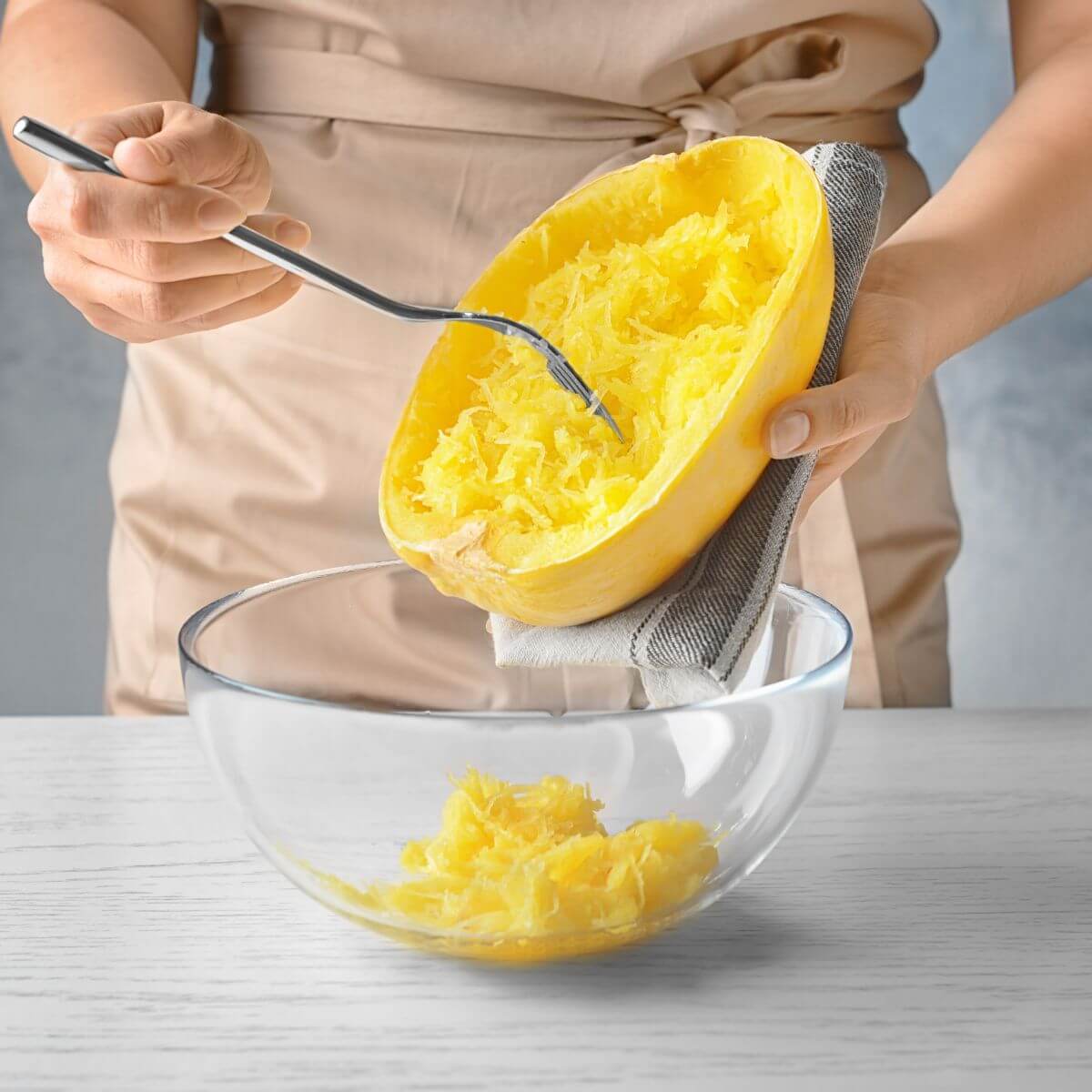
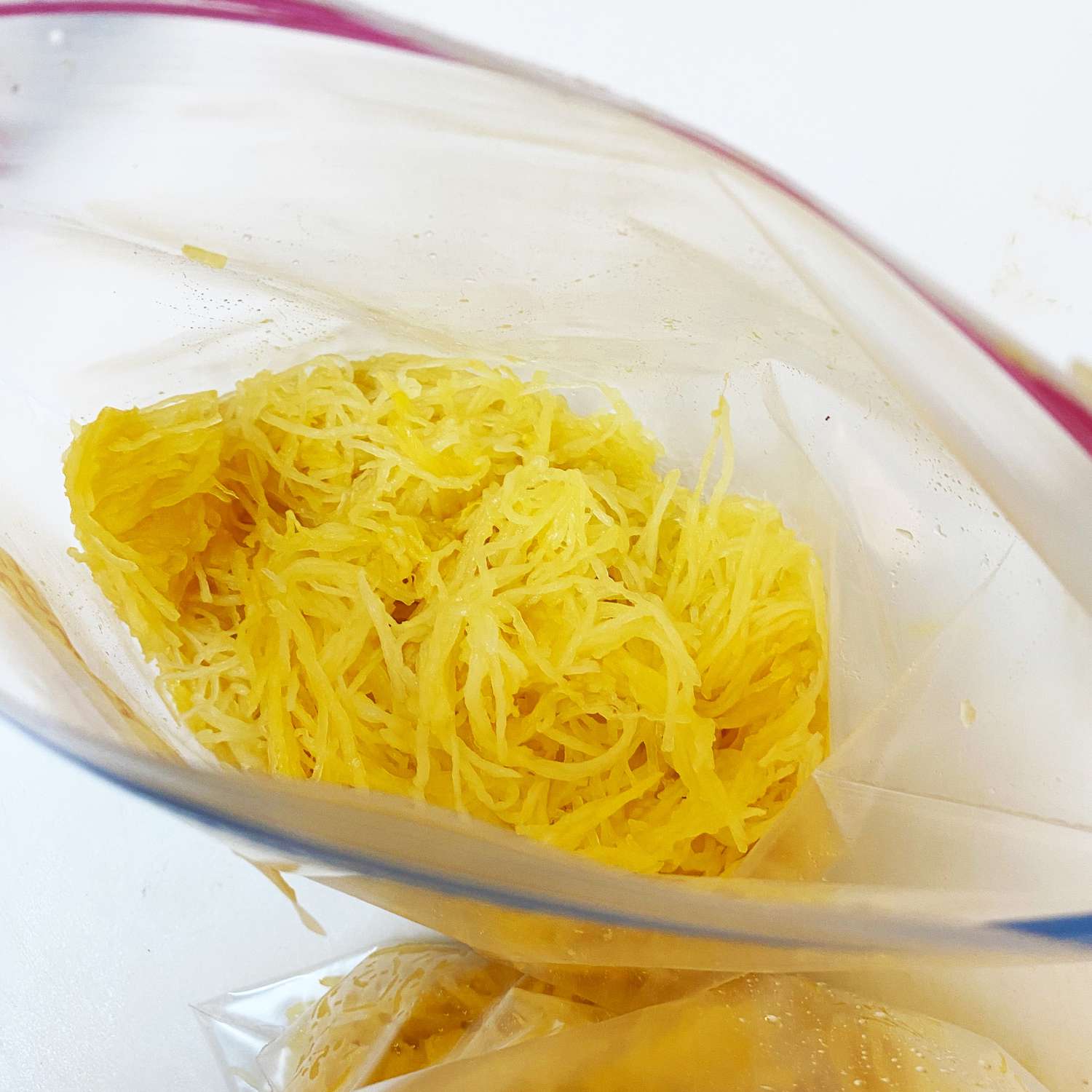


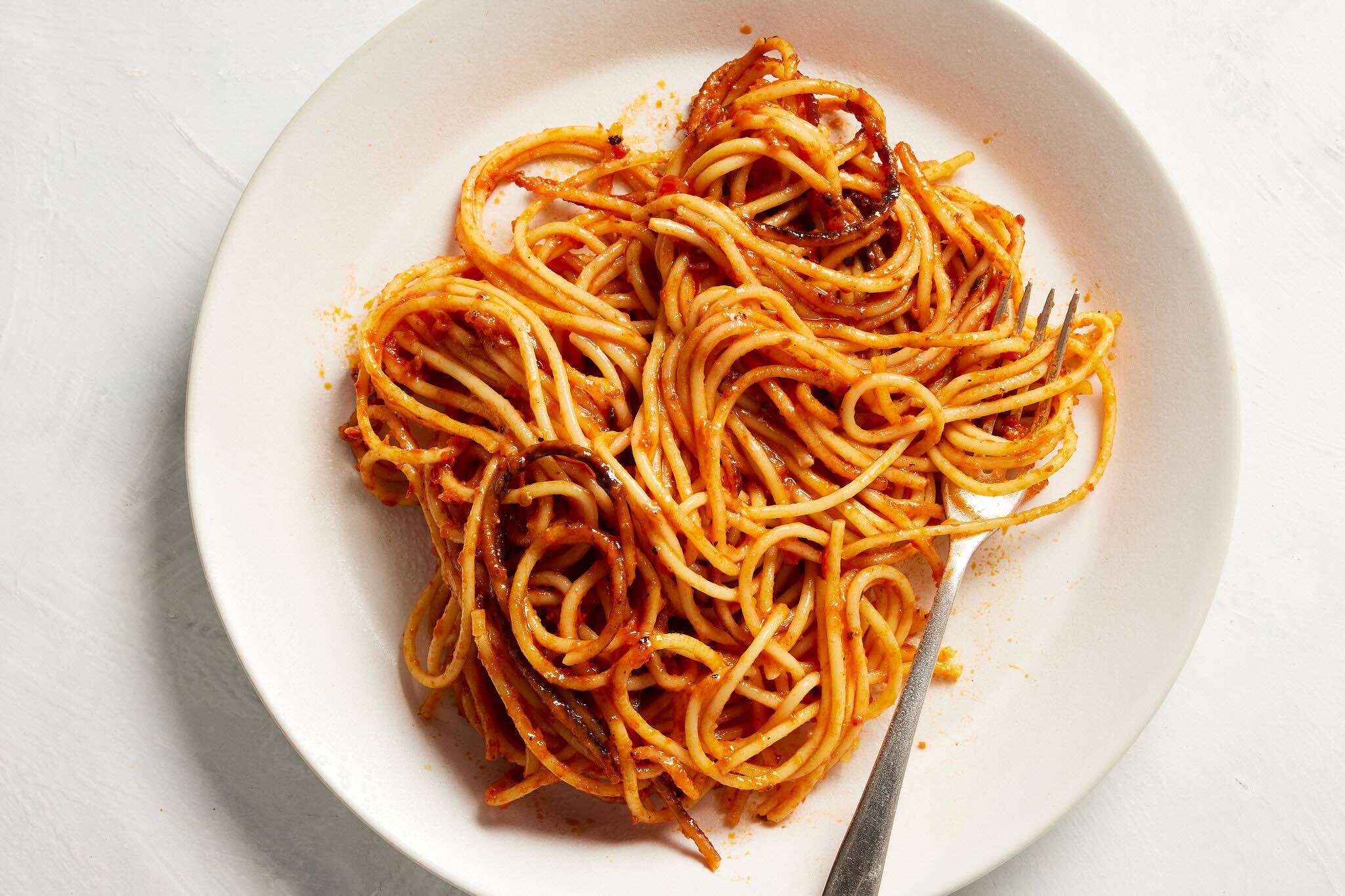
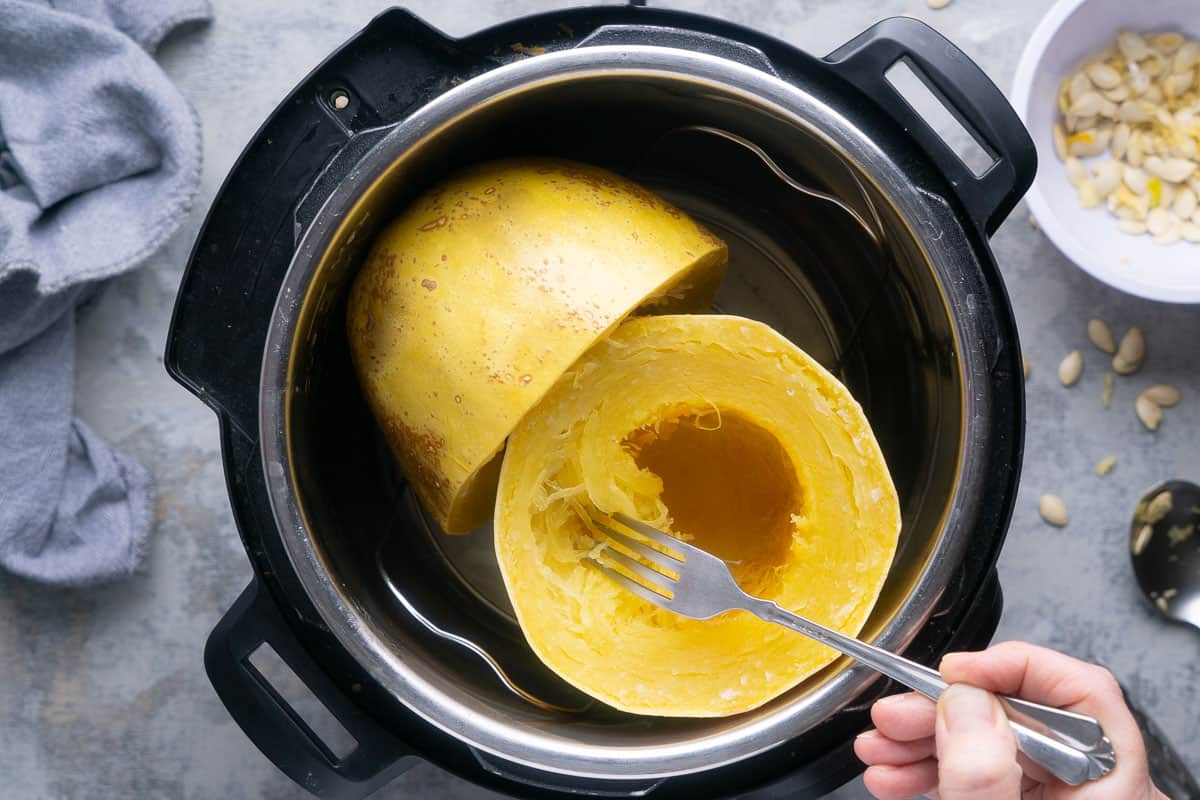



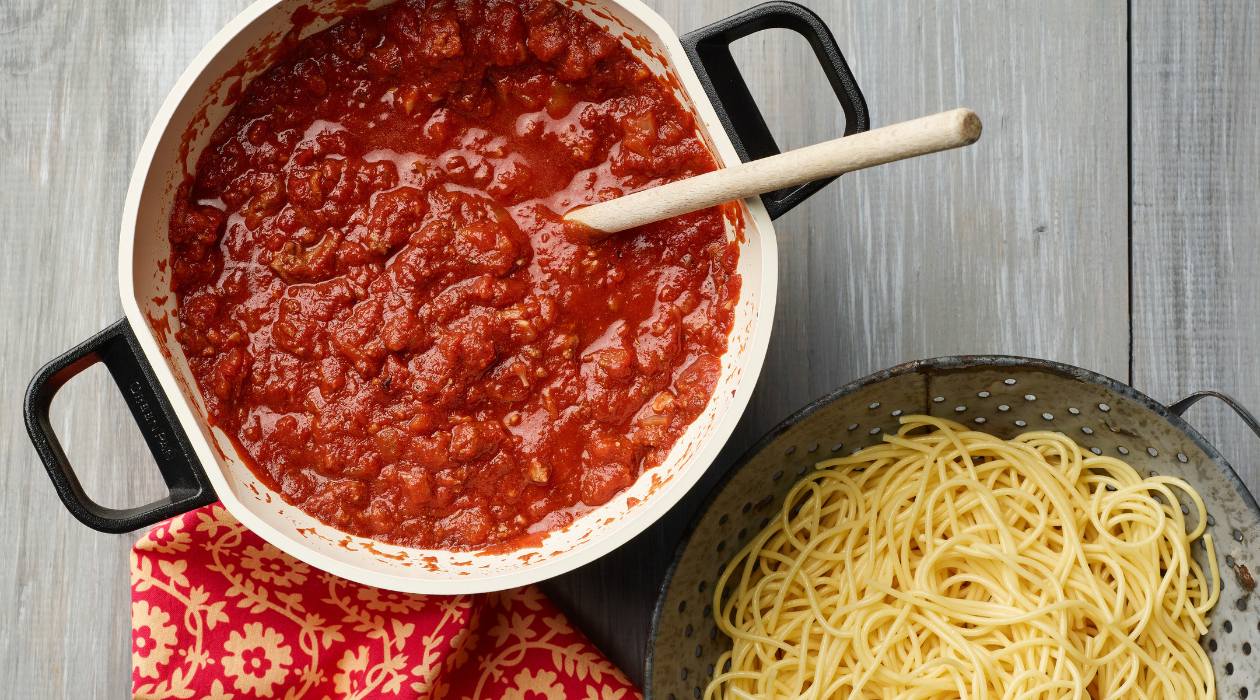

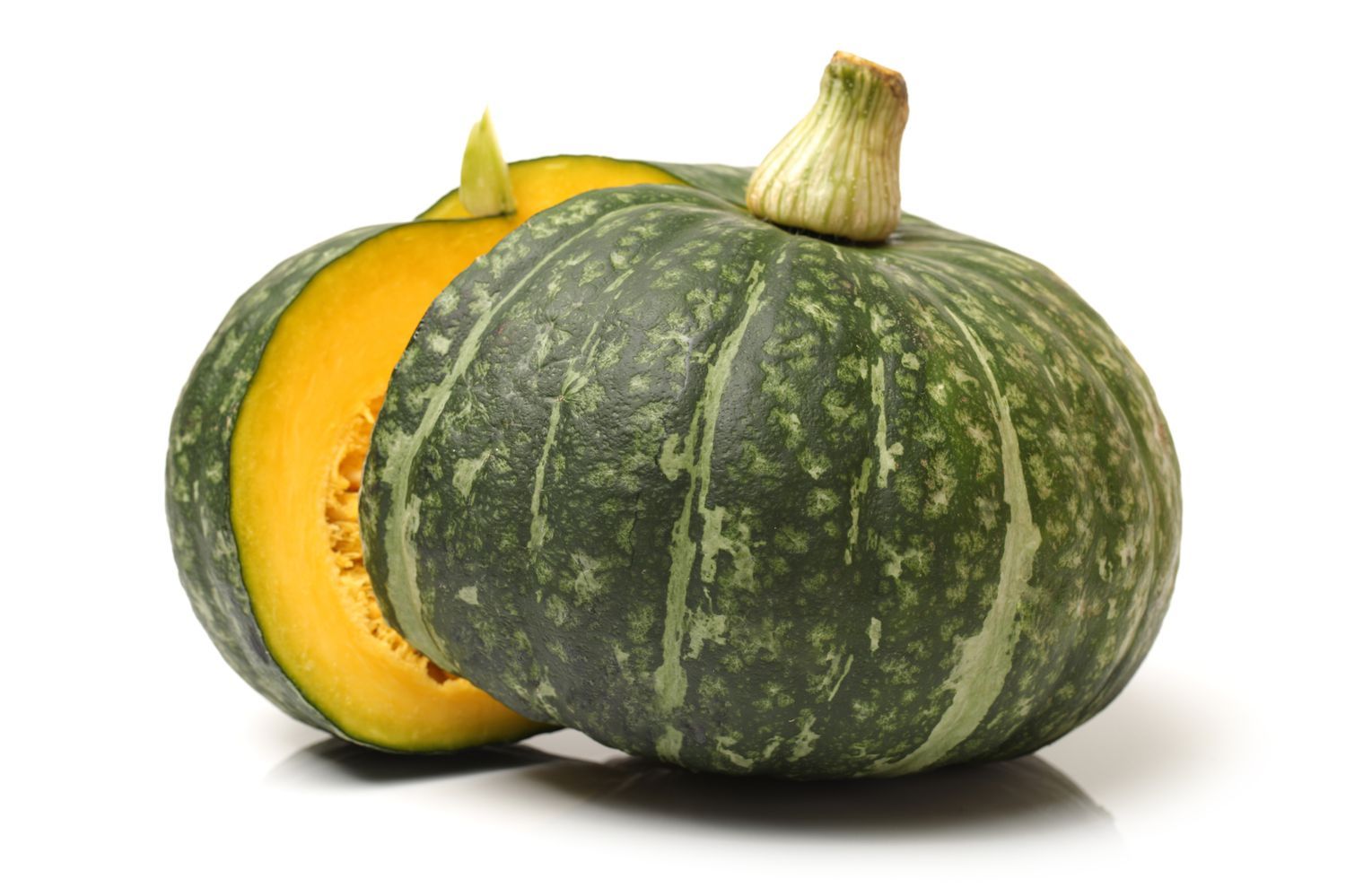
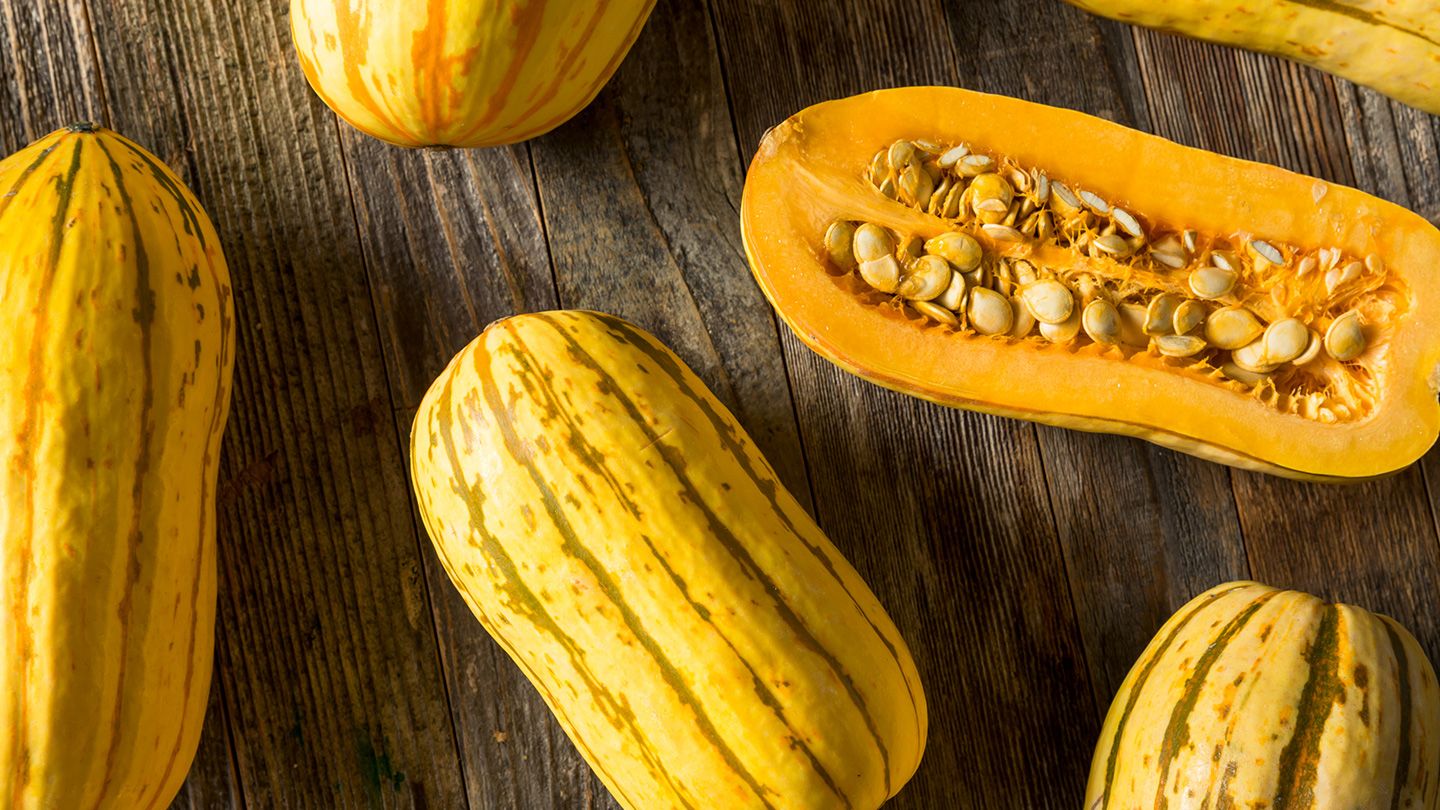


0 thoughts on “How To Store Spaghetti Squash”